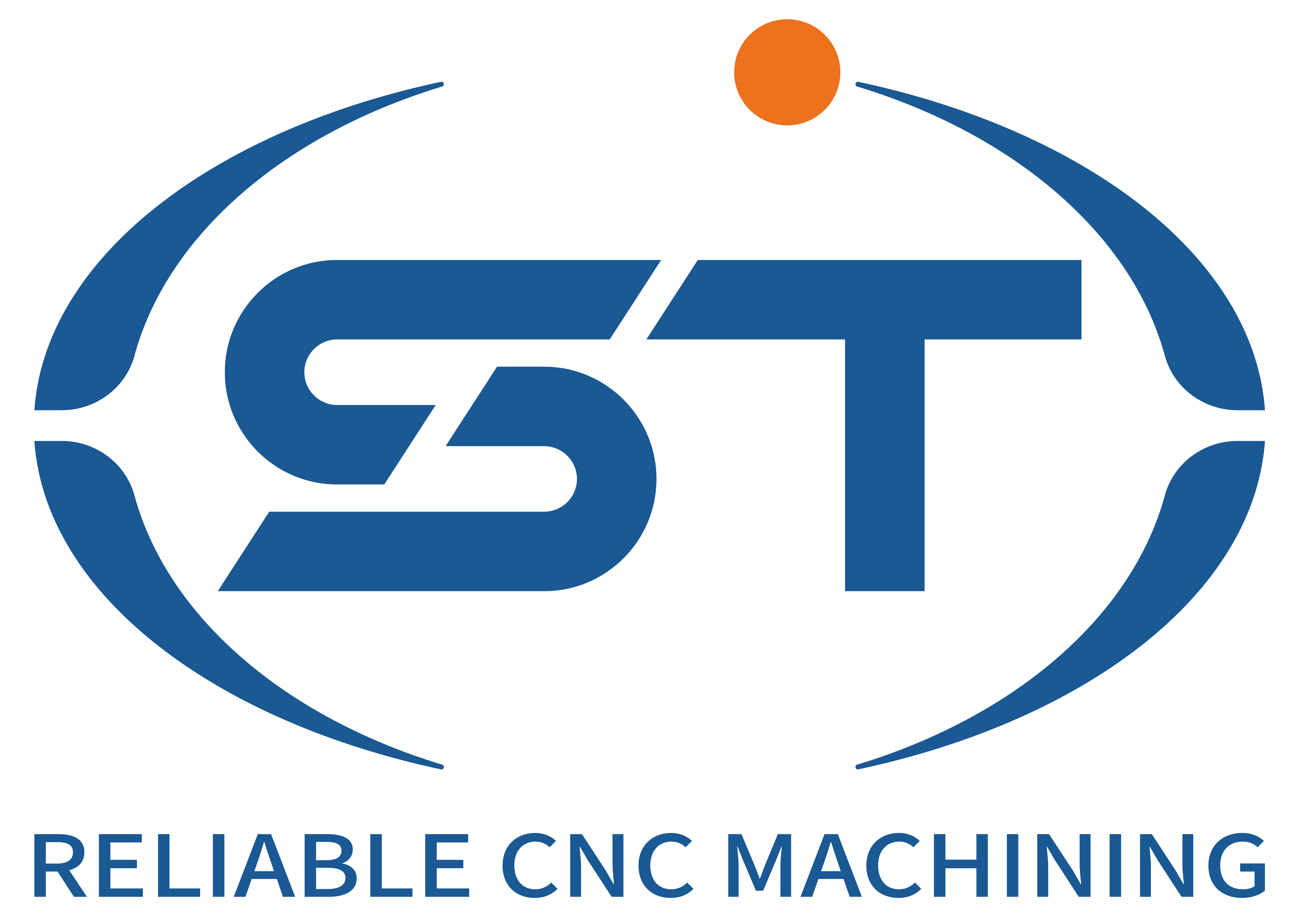Effective Strategies to Reduce CNC-bewerking Costs for Automotive Components
Optimizing CNC machining processes for automotive parts requires a balance between precision, efficiency, and cost management. By addressing key areas in production planning, tooling, and workflow design, manufacturers can achieve significant savings without compromising quality. Below are actionable approaches to streamline operations and minimize expenses.
1. Enhance Tooling Efficiency and Longevity
- Select Durable Tool Materials: Choosing cutting tools made from advanced coatings or high-speed steel can extend their lifespan, reducing replacement frequency. For example, tools with titanium nitride coatings resist wear better in high-temperature environments, which is critical for automotive alloys.
- Optimize Cutting Parameters: Adjusting spindle speed, feed rate, and depth of cut based on material properties and part geometry can prevent premature tool failure. Overloading tools leads to frequent breaks, while underutilizing them wastes cycle time.
- Implement Tool Maintenance Protocols: Regular inspection and reconditioning of cutting edges ensure consistent performance. A proactive approach to tool care avoids unexpected downtime caused by dull or damaged components.
2. Streamline Workflow Through Process Optimization
- Reduce Setup Time with Modular Fixturing: Custom fixtures designed for multiple part configurations minimize the need for retooling between batches. This approach is particularly effective for families of components with similar geometries, such as engine brackets or suspension mounts.
- Leverage Simulation Software: Virtual testing of CNC programs helps identify collisions or inefficiencies before production begins. By optimizing tool paths and machine movements, manufacturers can shorten cycle times and reduce material waste.
- Standardize Part Designs: Collaborating with engineers to simplify part geometries—such as reducing the number of holes or eliminating tight tolerances where possible—can lower machining complexity. Designs that prioritize manufacturability often require fewer operations and less post-processing.
3. Improve Material Utilization and Waste Management
- Adopt Nested Cutting Strategies: Arranging part layouts on raw material sheets to maximize nesting efficiency reduces scrap generation. For high-volume components like transmission housings, even a 5% improvement in material usage can lead to substantial savings over time.
- Recycle Chips and Swarf: Partnering with recycling facilities to reclaim metal shavings from machining processes turns waste into revenue. Aluminum, steel, and titanium chips can often be sold back to suppliers at competitive rates, offsetting raw material costs.
- Evaluate Alternative Materials: In some cases, switching to a slightly different alloy or composite material with better machinability can reduce tool wear and cycle times. For example, pre-hardened steels may eliminate the need for heat treatment steps, simplifying the overall workflow.
4. Optimize Machine Utilization and Energy Consumption
- Schedule Unattended Operations: Running CNC machines during off-peak hours or overnight shifts maximizes equipment uptime. Automated loading systems and pallet changers enable continuous production without manual intervention, improving throughput.
- Monitor Energy Usage: Identifying machines with high power consumption during idle periods allows manufacturers to implement energy-saving modes or upgrade to more efficient models. Variable-speed drives and servo motors adjust power output based on workload demands.
- Consolidate Production Runs: Grouping similar parts into larger batches reduces setup changes and machine warm-up cycles. This strategy is especially effective for components with long lead times, such as differential cases or steering knuckles.
By focusing on these areas, automotive suppliers can enhance their competitive edge through lower production costs, faster delivery times, and sustainable practices. Continuous evaluation of processes and investment in employee training further ensure long-term success in cost reduction efforts.




